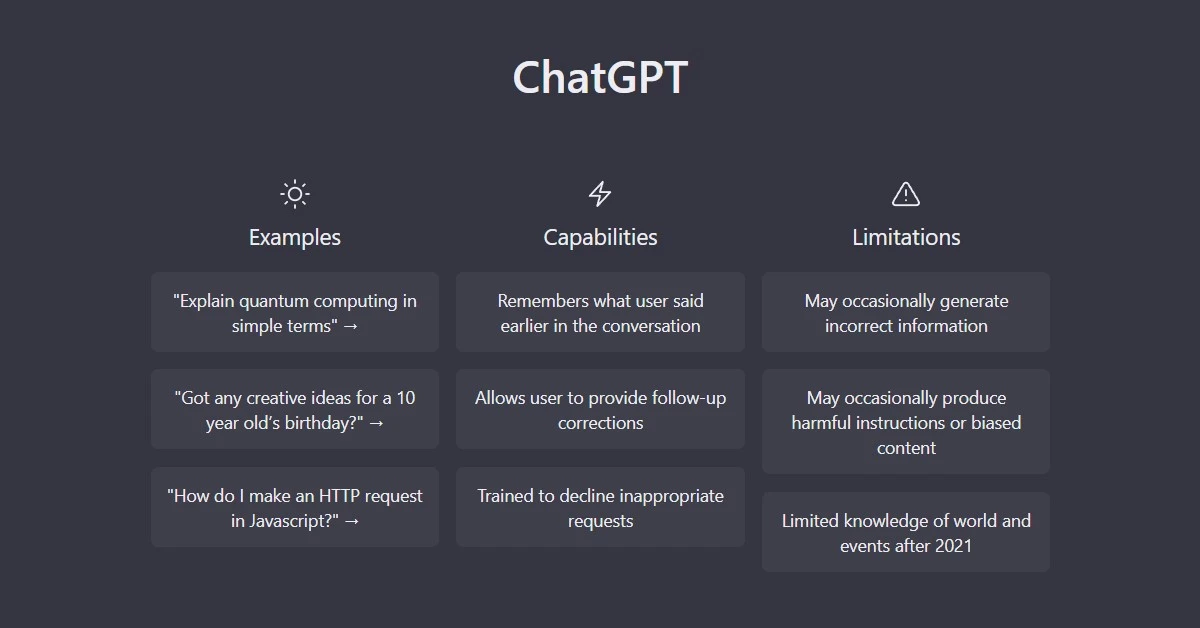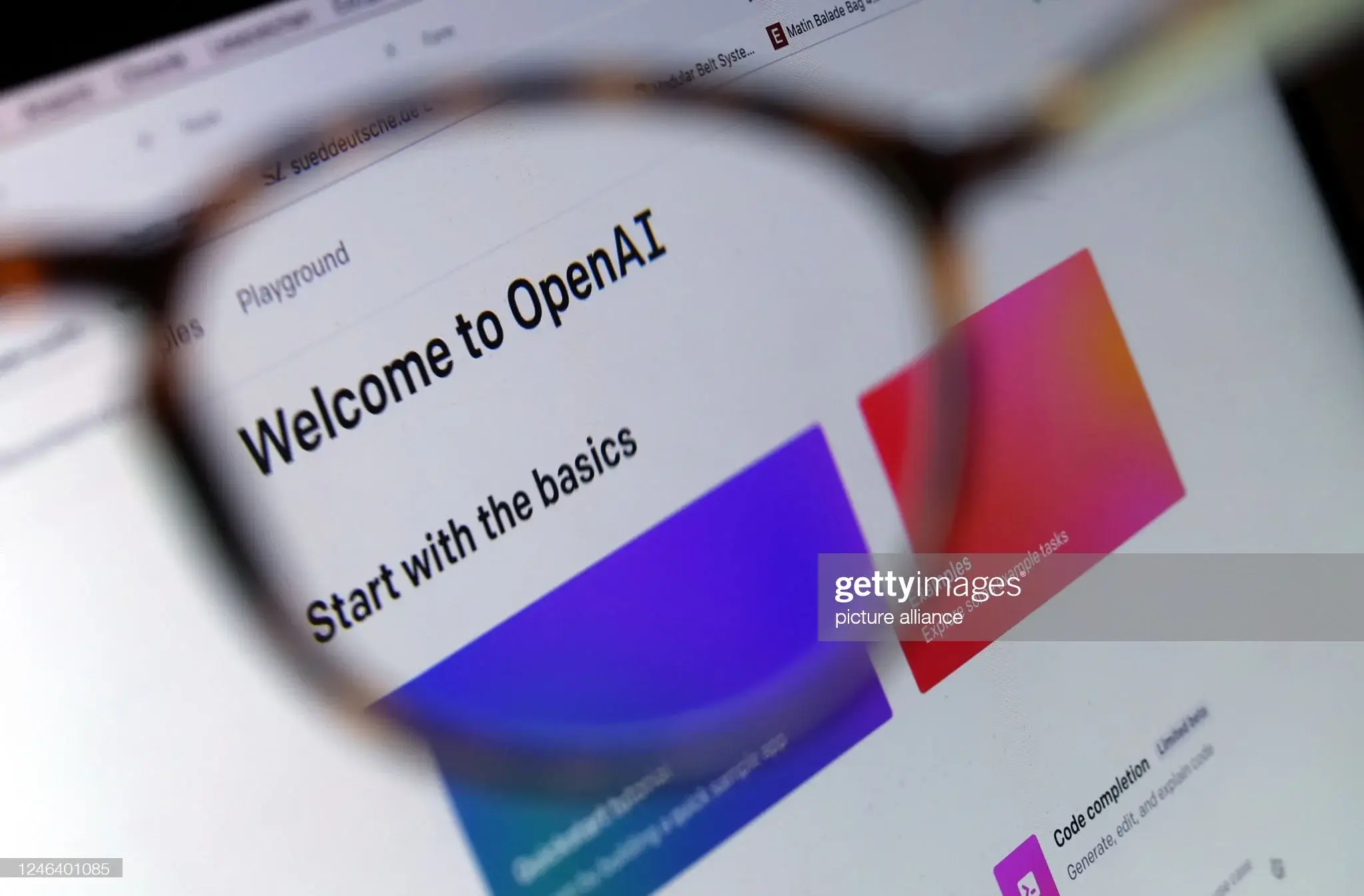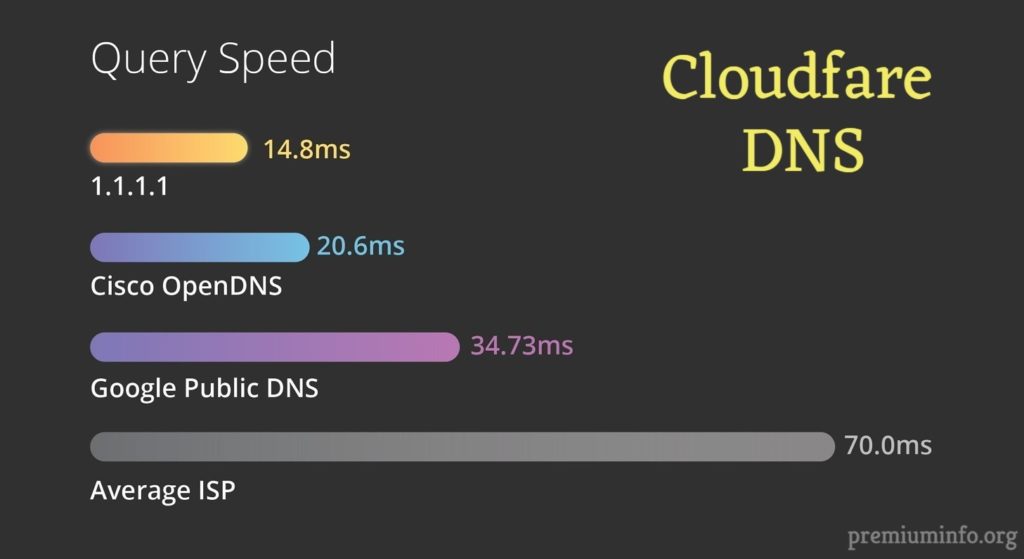ChatGPT (short for “Conversational Generative Pre-training Transformer”) is a state-of-the-art language model developed by OpenAI. It is based on the transformer architecture, which was introduced in the paper “Attention Is All You Need” by Google researchers in 2017.
Introduction
ChatGPT is a powerful language model developed by OpenAI, which has the ability to generate human-like text. It has been trained on a diverse range of internet text and can perform a variety of language tasks such as answering questions, writing creative fiction, and even coding. In this article, we will discuss the capabilities of ChatGPT and how it can be used in various industries.
How ChatGPT Works
ChatGPT uses a transformer-based neural network architecture to generate text. The model is pre-trained on a massive dataset of internet text, which allows it to have a broad understanding of language. When given a prompt, the model generates text by predicting the next word in the sequence based on the previous words in the prompt. The model can also be fine-tuned for specific tasks or industries.
Applications of ChatGPT
One of the most significant applications of ChatGPT is in the field of natural language processing (NLP). The model can be used to generate human-like responses in conversational systems, such as chatbots. This can greatly improve the user experience as the responses are more natural and less robotic.
Another application of ChatGPT is in content creation. The model can be used to generate articles, blog posts, and even creative fiction. This can save time and resources for content creators, as the model can generate high-quality text quickly.
ChatGPT can also be used in the field of coding. The model has the ability to generate code based on a prompt, which can save time and resources for developers. This can also be useful in the field of education, as the model can be used to generate code examples for students to learn from.
Limitations of ChatGPT
While ChatGPT is a powerful language model, it does have limitations. One limitation is that the model is only as good as the data it was trained on. If the model is trained on biased data, it will generate biased text. Additionally, the model is not able to understand the context or the intent behind the text it generates. This means that the model may generate text that is technically correct, but not appropriate for the task or context.
One important consideration when using ChatGPT is its resource requirements. The model is quite large and requires a significant amount of computational power to run. Additionally, it requires a large amount of memory to store its parameters. This means that it may not be practical to run on personal devices or small servers. However, with the advent of cloud computing services, it is now possible to access the necessary resources to run ChatGPT on demand.
Also read: ChatGPT for Content Writing: How AI Can Enhance Your Writing
Features of ChatGPT
One of the key features of ChatGPT is its ability to perform what is known as “zero-shot” generation. This means that the model can generate text on a topic that it has never seen before, as long as it has a general understanding of the topic. This is made possible by the model’s ability to understand the context and underlying structure of the text it is generating.
ChatGPT is also being used in a variety of industries. For example, in the customer service industry, ChatGPT can be used to develop chatbots that can handle a wide range of customer queries and complaints. In the content creation industry, ChatGPT can be used to generate articles, blog posts, and other types of written content. And in the gaming industry, ChatGPT can be used to create in-game dialogue and NPC interactions.
In terms of ethical considerations, ChatGPT, like other AI models, is not without its drawbacks. As the model is trained on a massive dataset of text, it may perpetuate biases and stereotypes present in the data. Additionally, the model’s ability to generate human-like text raises concerns about its potential use in spreading misinformation or impersonating individuals online. It is important to consider these ethical implications and take steps to mitigate them when using ChatGPT or any other AI model.
Also read: How ChatGPT Can Enhance SEO Efforts To Generate Rich Content
Overall, ChatGPT is a powerful and versatile language generation model that is well-suited for a wide range of applications. Its ability to handle large amounts of data, understand context and structure, and generate human-like text make it an ideal choice for a variety of tasks. With its growing popularity, ChatGPT is likely to continue to play an important role in the development of artificial intelligence and its applications in various industries.
Conclusion
ChatGPT is a state-of-the-art language model that has the ability to generate human-like text. It has a wide range of capabilities and can be utilized in various industries such as natural language processing, content creation, and coding. However, it is important to note that the model is only as good as the data it was trained on and it does not understand the context or intent behind the text it generates. As the technology continues to improve, the potential uses of ChatGPT will continue to expand.




